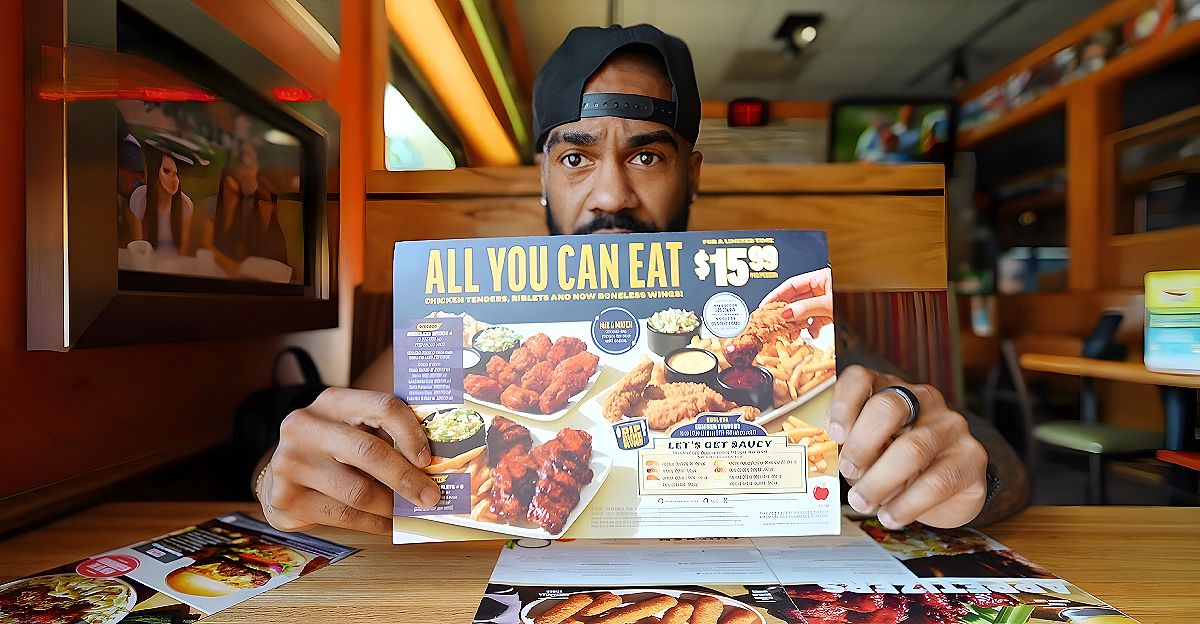
Applebee’s has just brought back its popular All-You-Can-Eat deal, marking a major shift in the casual dining scene. But this is so much more than just a marketing tactic; it’s a calculated move to stay competitive as consumer habits evolve.
By bringing back its delicious unlimited chicken tenders, riblets, and shrimp for a fixed price, Applebee’s is trying to draw in price-conscious diners amid rising living costs. This move is likely to influence the broader restaurant industry, from how rivals price their menus to supply chain demands. The impact will extend well beyond Applebee’s own dining rooms.
Why It’s Happening
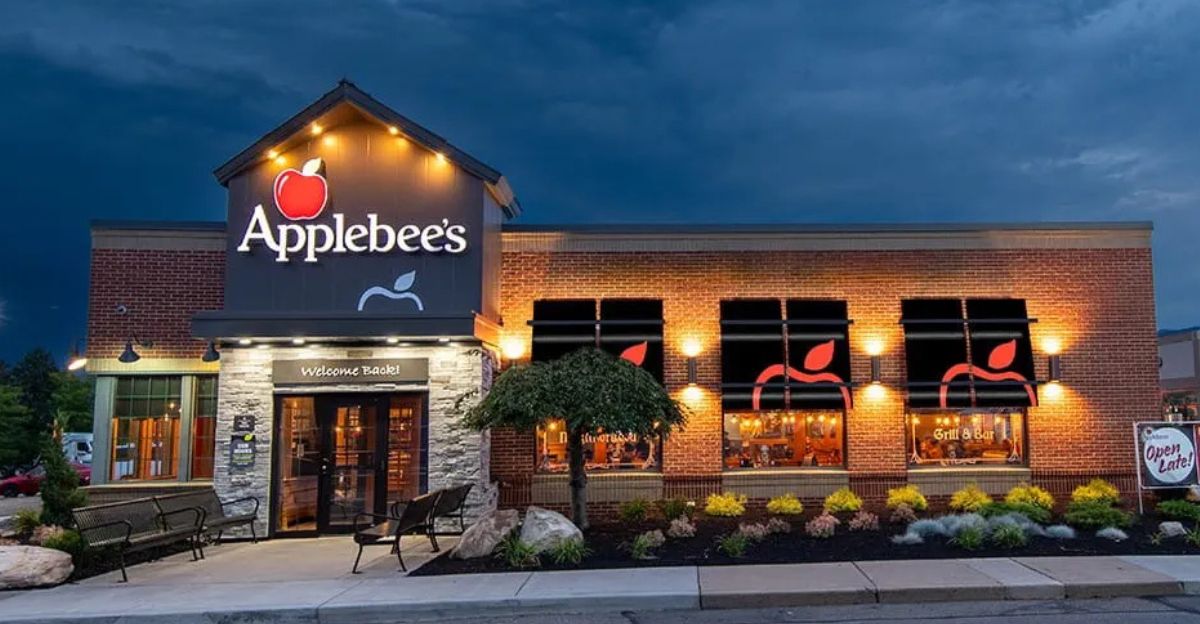
But why is this happening? Applebee’s is currently facing a perfect storm of sluggish sales, rising ingredient costs, and stiff competition from other restaurants like Chili’s and Red Lobster. Rising inflation and cautious consumer spending are forcing casual dining brands to adapt.
Bringing back the All-You-Can-Eat deal is a strategic attempt to reignite foot traffic and win back diners who want value amid tighter budgets. But how will this move affect the industry?
Menu (and Portion) Changes
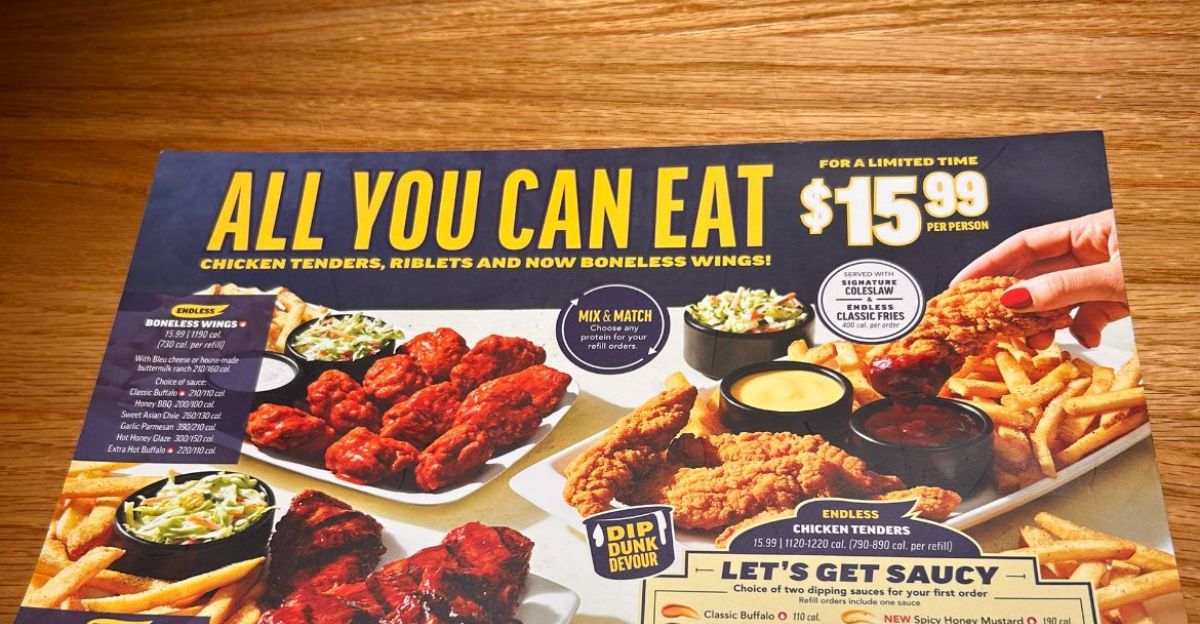
This deal features Applebee’s bottomless Chicken Tenders, Riblets, and Double Crunch Shrimp for just $15.99, but it is only available to dine-in guests and for a limited period. While it is appealing, it comes with behind-the-scenes adjustments like menu tweaks and portion control to help protect profit margins.
Applebee’s is simplifying its menu by focusing on dishes that customers love and are cheaper to make. The goal is to keep prices attractive for diners while still making enough profit.
Fast Food and Casual Chains Respond
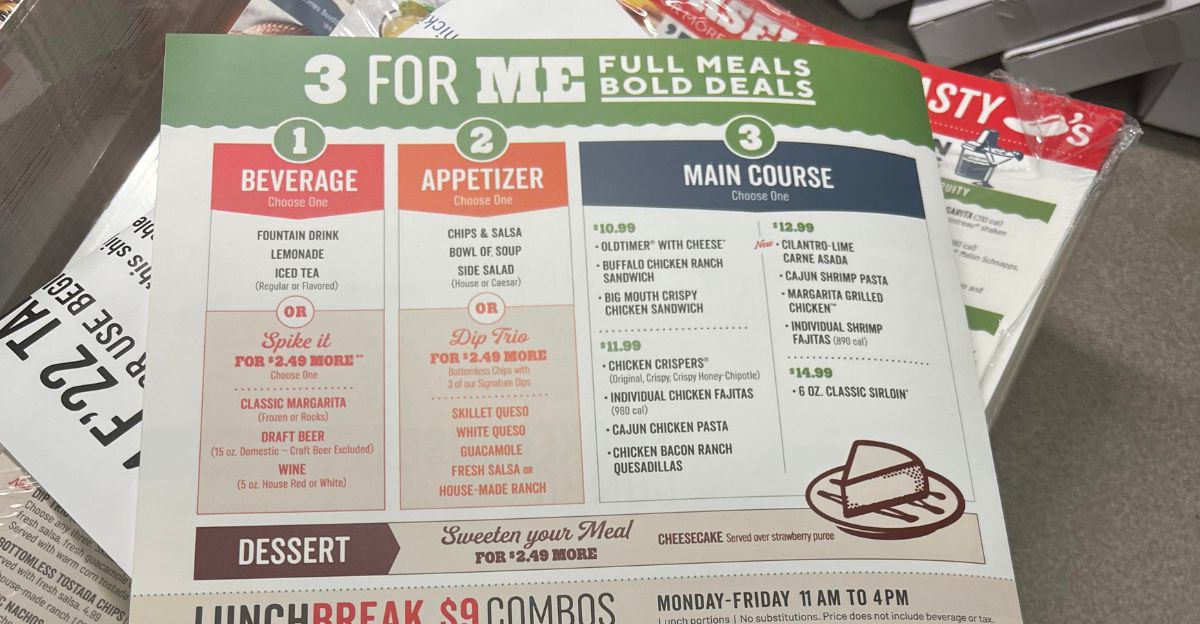
Chili’s and other casual dining chains are responding with revamped deals, like Chili’s “3 for Me” combo, which includes an entrée, appetizer, and drink for $10.99. These offers intensify competition as restaurants fight for consumer spending, incentivizing menu innovation and pricing creativity.
While diners enjoy more affordable options, restaurants face mounting pressure to offer value without eroding profits in an increasingly cutthroat, value-driven market.
The Value War Expands
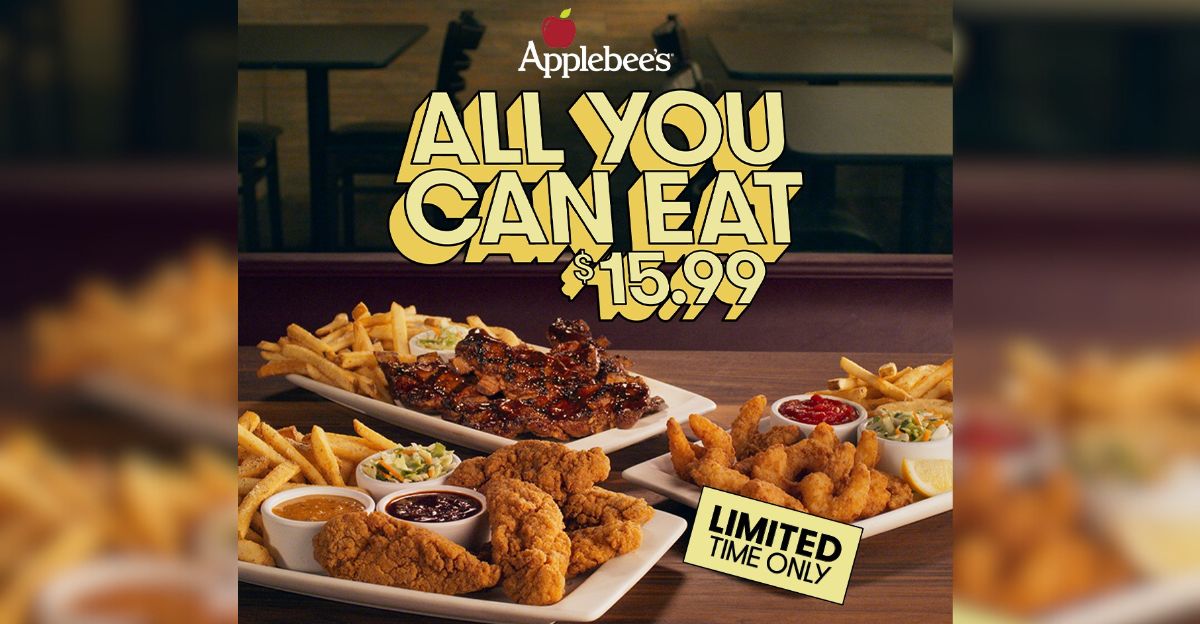
Right now, the casual dining market is preparing itself for more promotional activity, with many chains launching meal deals and loyalty programs to attract more customers. Though these deals increase consumer interest, they can also squeeze already thin operating margins.
The growing “value war” is driving both innovation and risk, as restaurant chains work to create enticing deals while still maintaining long-term profitability.
Menu Innovation and Cost Discipline
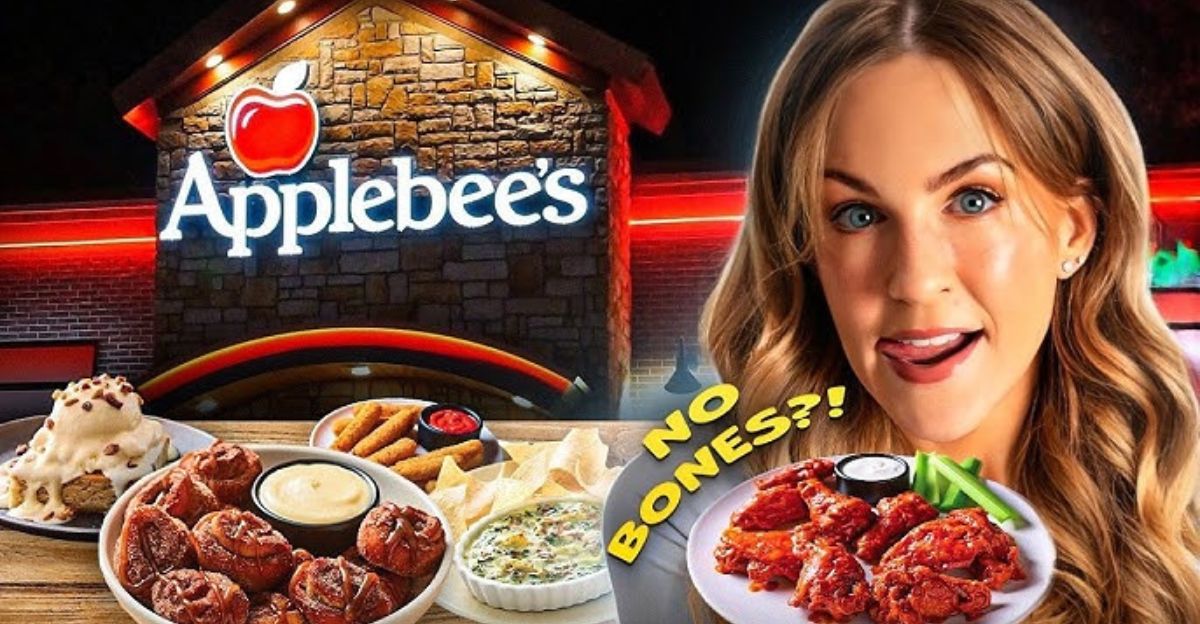
Successful competition requires rethinking menus, streamlining item selection, and increasing operational efficiency. Many restaurants are now investing in kitchen upgrades and testing new items like boneless wings that stabilize costs.
This shift supports sustainable menu innovation while maintaining appeal. These efforts aim to meet changing consumer tastes and dietary trends, keeping diners coming back even despite economic pressures on the industry.
Supply Chains and Vendors Feel the Squeeze
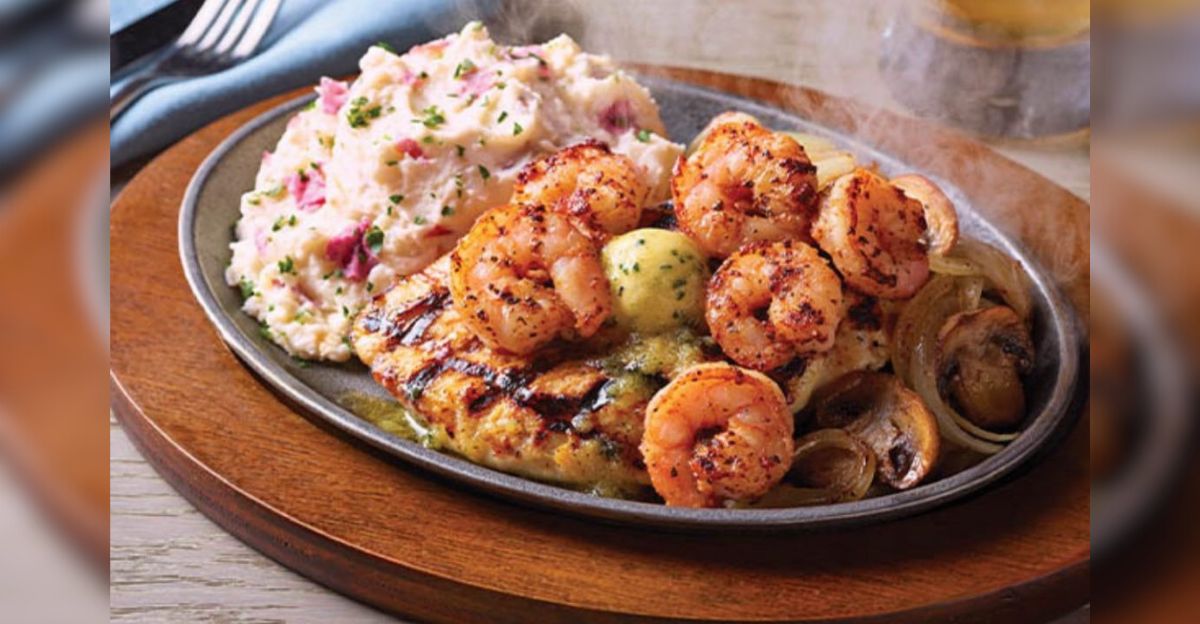
Promotional demands are pressuring suppliers to lower their costs and improve their logistics to keep up with sudden increases in demand, especially for high-demand items like chicken and shrimp. Commodity price volatility also adds another layer of complexity, forcing renegotiations and tighter contracts.
As suppliers adjust to these shifting demands, the effects reach beyond restaurants, impacting availability and pricing across the entire industry.
Industry-Wide Financial Risks
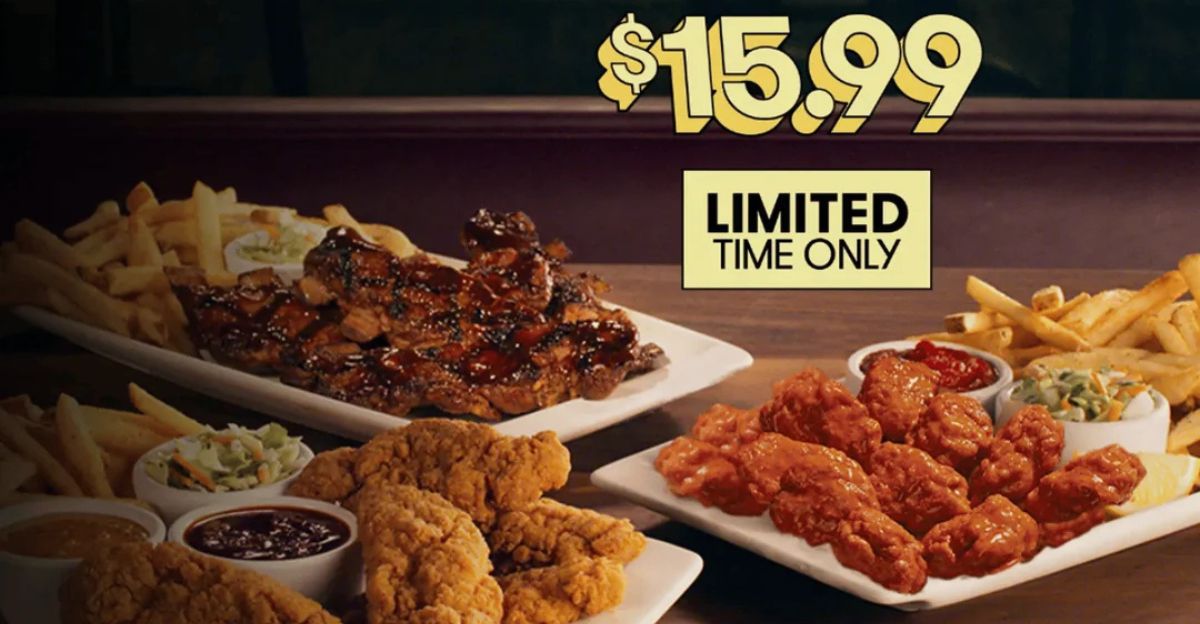
All-you-can-eat promotions come with big financial risks, especially when customer consumption surpasses expectations. Applebee’s and Chili’s are working carefully to avoid missteps like Red Lobster’s infamous “endless shrimp” promotion, which was financially damaging.
These offers require proper management and careful offer design to attract customers while also protecting margins. Striking the perfect balance between offering value and maintaining profitability is essential to making these deals sustainable.
Franchisees and Workers Adapt

A surge in diner traffic also puts added pressure on franchise owners and staff, requiring more labor to keep the service fast and the quality consistent. While they are challenging, these promotions can boost revenues, staff hours, and morale during off-peak periods.
Success depends on balancing increased workload with profitability, ensuring sustainable operations and a positive experience for employees and guests.
Consumer Advice
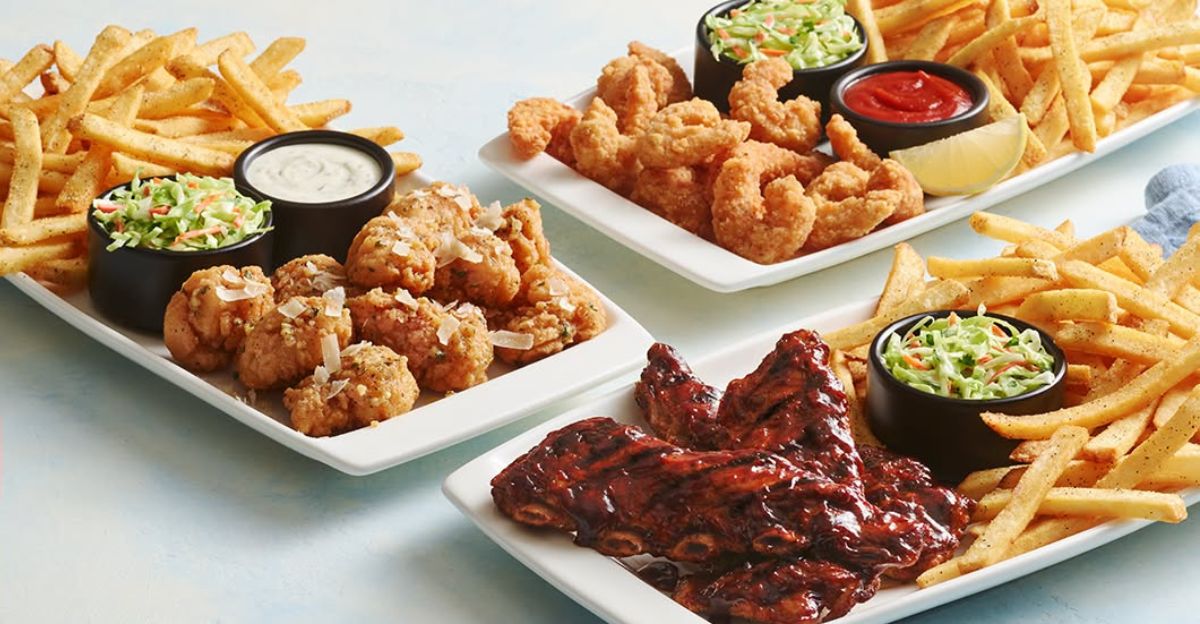
So, how can you make the most of these deals? Act fast to take advantage of limited-time offers, and compare options like Applebee’s $15.99 all-you-can-eat meal and Chili’s $10.99 “3 for Me” combo to stretch your wallet further.
Always be on the lookout for dine-in restrictions and menu exclusions, and consider if add-ons fit your appetite and budget. While these offers provide great value, they are most effective when you understand the terms and plan accordingly.
The Next Moves in the Value War

Applebee’s decision to bring back its all-you-can-eat option is changing casual dining through 2025, influencing menu trends, staffing, supply, and consumer behavior.
As economic pressures persist, you can expect to see more aggressive deals and innovations as chains fight for customer loyalty.
